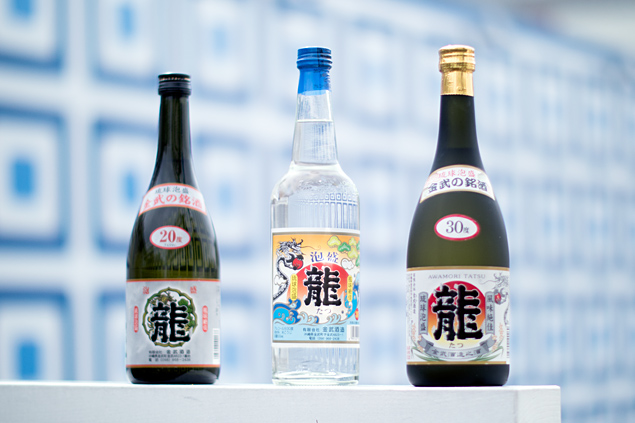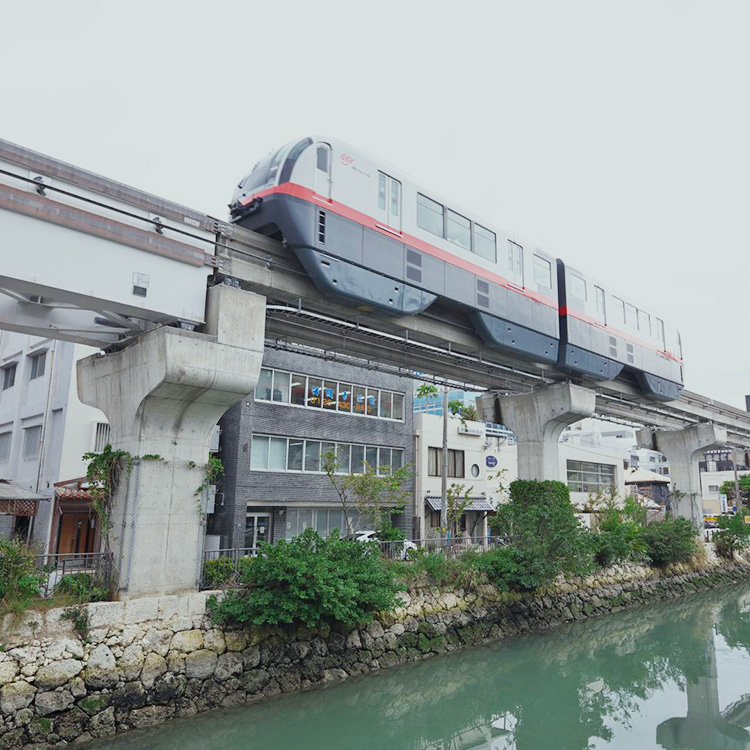
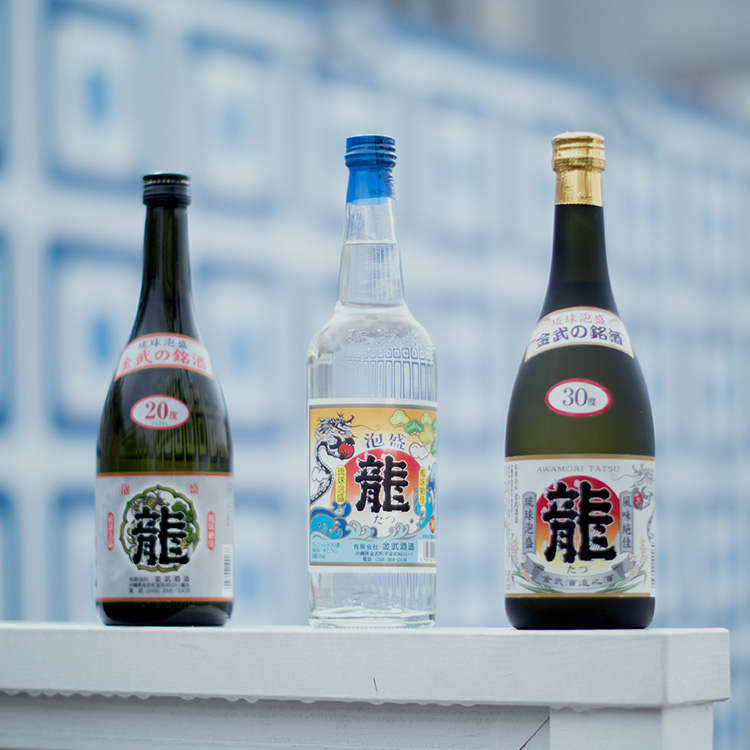
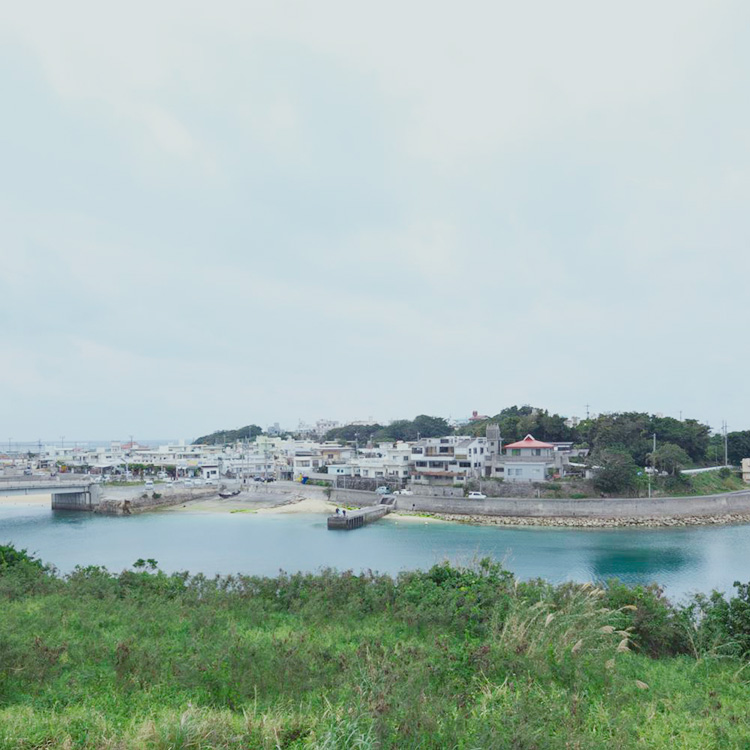

A day on site
February 2015
Highlights
Introducing local hot spots recommended by people on the scene in Okinawa.
Tomarin
www.tomarin.com
This multipurpose passenger terminal is at the harbor for ferries and high-speed craft that connect the main island of Okinawa with outer islands like Tokashiki, Zamami, Aguni, Tonaki, Kume, and Minami and Kita Daito. Tickets for the various ferry routes are sold in the terminal, as are gift items and daily necessities. There are also restaurants serving typical Okinawan cuisine, cafes, and other shops. It even houses a hotel called the Okinawa Kariyushi Urban Resort Naha, and offices of some well-known companies. Here’s the view from the second and third decks and hotel guestrooms.
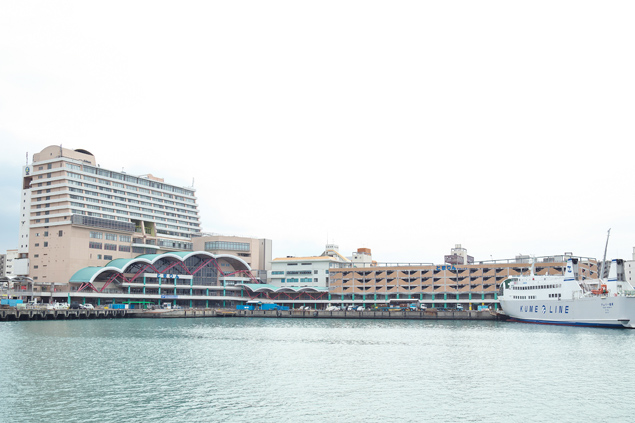
Koza Music Town
www.kozamusictown.com
A multi-purpose facility near the geographic center of the main island, the city of Okinawa (formerly Koza), where Shima-uta style of folk singing is popular. The area, where Shima-uta originated, is also the birthplace of Okinawan rock and Okinawan pop, which mixed Okinawan music with American pop sounds that came in after WWII. So it just makes sense that the city would have a live event venue called “Music Market” that’s surrounded by restaurants, karaoke places, amusement parlors, and so on. It’s a place where people can wind down. Community broadcaster Okinawa Radio (FM OkiRaji) has its studios there, too.
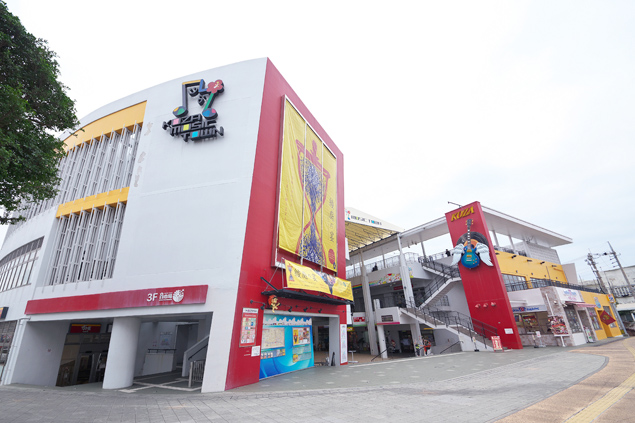
Okinawa Urban Monorail, Yui Rail
www.yui-rail.co.jp
The monorail connects Naha Airport Station with Shuri Station. “Yui” comes from a word in the Okinawan dialect—yuimahru—which means working together. In Okinawa, there are no railways, so the monorail is an important public transportation mode that carries an average of more than 40,000 passengers a day. Kinjo Juki did the foundation work in the Kumoji area, where the Kencho-mae and Miebashi stations are located. And in the spring of 2019, the line will be extended from Shuri Station to Tedako-uranishi Station.
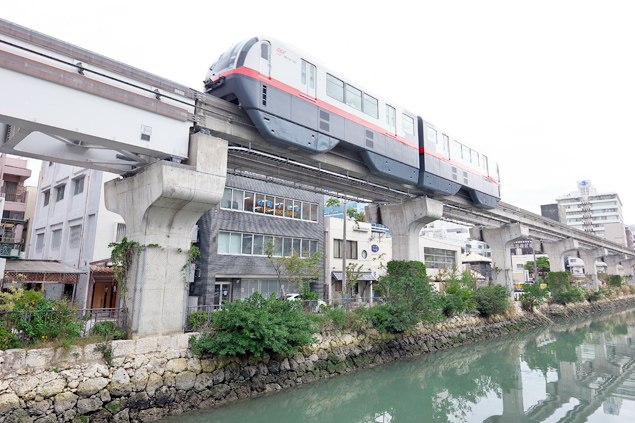
Okinawa Prefectural Museum and Art Museum
www.museums.pref.okinawa.jp/english/
Omoromachi is an urban redevelopment in the northern part of Naha, a cultural venue that’s four stories high with one basement floor. It features museums showcasing art and other themes, as the prefecture’s first multi-purpose cultural facility. Since it opened in 2007, the many exhibitions have embraced themes including nature, history, culture, and more, as well as some of the large exhibitions touring the country. The outside calls to mind a white relic, with a motif of “Gusuku,” recalling the era of the old Ryukyu Kingdom that existed so long ago.
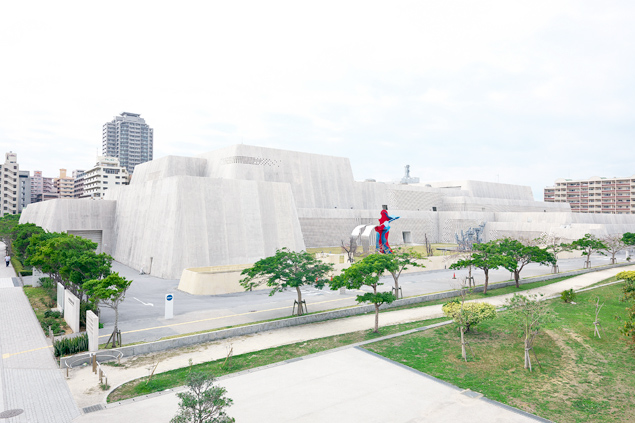
(Recommendation from Mr. Yukinao Tomoyori of Kinjo Juki)
Oujima
A very small island off the southern tip of Okinawa island, about a 40-minute drive from Naha Airport. This island of some 1,000 residents is well-known for tempura, and on its southern side there’s a restaurant called “Oshiro Tempura.” They don’t start frying the tempura until the customer orders something, so you always get the freshest of the fresh. May 4 on the old lunar calendar is the day HahRee (Sea God Festival) is celebrated, an event that is tremendously popular all over Okinawa. The island is formed by a high hill, and Mr. Tomoyori of Kinjo Juki, whose parents were born in this island, says the ocean views from the island are unmatchable.
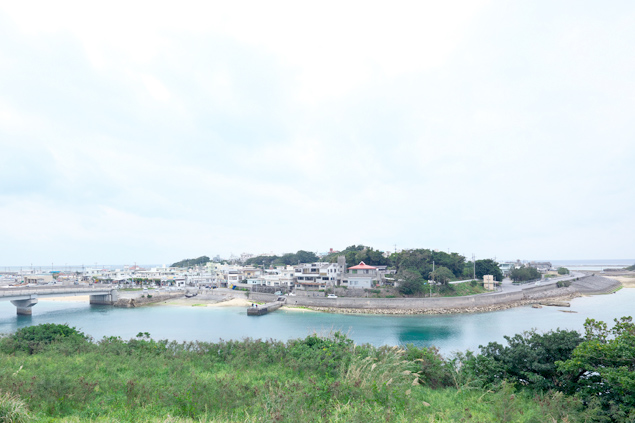
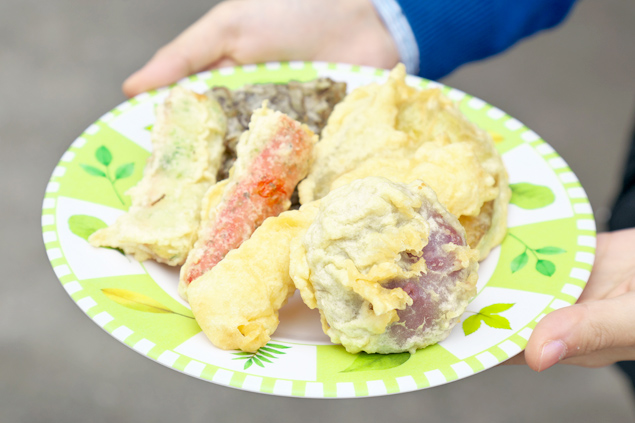
(Recommendation from Mr. Nobuyoshi Nakata of Kinjo Juki)
Awamori liquor, “Tatsu”
www.kinsyuzo-tatsu.com
Kincho, located in the northern part of Okinawa main island, is home to Kin Distillery, which was established in 1949. The distillery makes the famed Choju-no-Izumi or Wellspring to Longevity, a brand of awamori liquor, using water from Kin’s Ohgawa River. The distillery uses the only Nakazato-type still extant in Okinawa, and the spirits called Kuhsu are kept in the limestone grottos found on the grounds of the Ken Kannon Temple grounds. This “old liquor” is well-known for its unique aroma and mellow flavor, and has earned legions of fans. According to Mr. Nakata, the operator who hails from the northern area of the island, drinking a couple of glasses of “Ryu” awamori after work is a pleasure he regularly enjoys.
